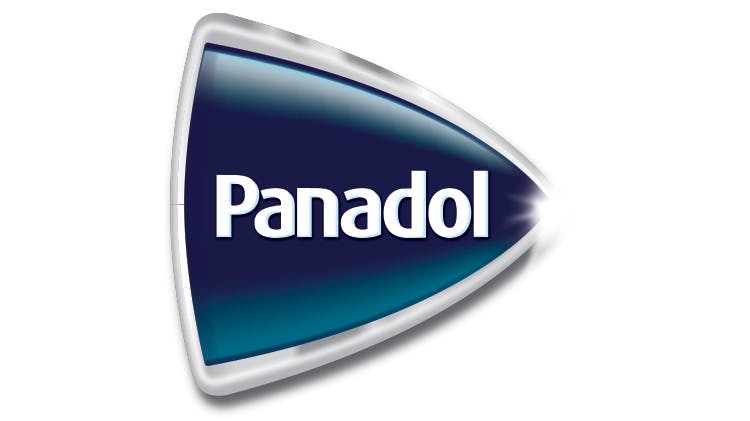Panadol Overview

Panadol is the No.1 pain relief brand* with 65 years of experience and expertise and is trusted by millions of consumers and HCPs in pain and fever.1
Panadol in pain relief
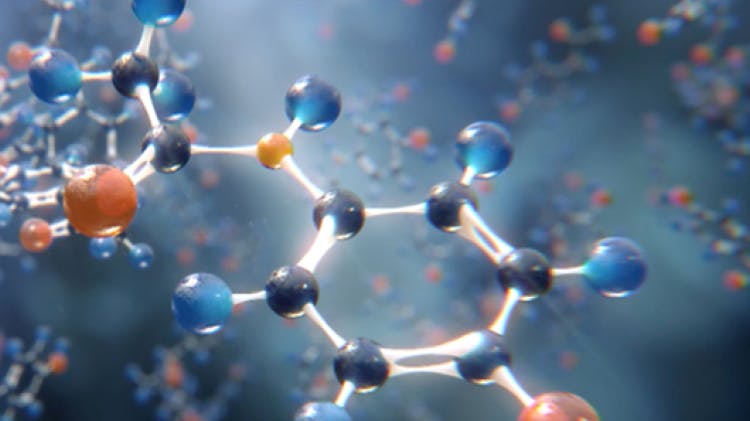
Paracetamol
Globally, paracetamol or acetaminophen is one of the most used analgesic and antipyretic over-the-counter drugs.2,3

Panadol for pain relief
Paracetamol is currently formulated as a single compound or as an active ingredient of multi-component preparations in combination with active ingredients4 to provide relief from fever and different types of pain (e.g. muscular and joint pains, headaches and migraines, and dysmenorrhoea).
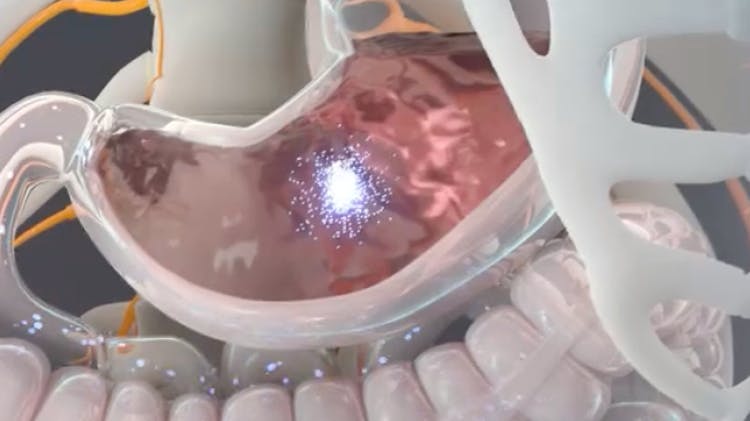
Panadol’s suitability
Paracetamol, the active ingredient in Panadol, is suitable for 98% of the population,5 and is recommended across a broad range of patients including those with cardiovascular disease, dengue fever and COVID-19.6–12 Panadol can be taken on an empty stomach, due to its favourable GI tolerability vs NSAIDs.13
In children, paracetamol’s GI tolerability is the same vs NSAIDs, with fewer drug-drug interactions than NSAIDs.14,15
Innovative technology

The Panadol range includes products with innovative technology and in combination with other ingredients such as caffeine manages mild to moderate pain.
Panadol offers a range of solutions for individual patient needs
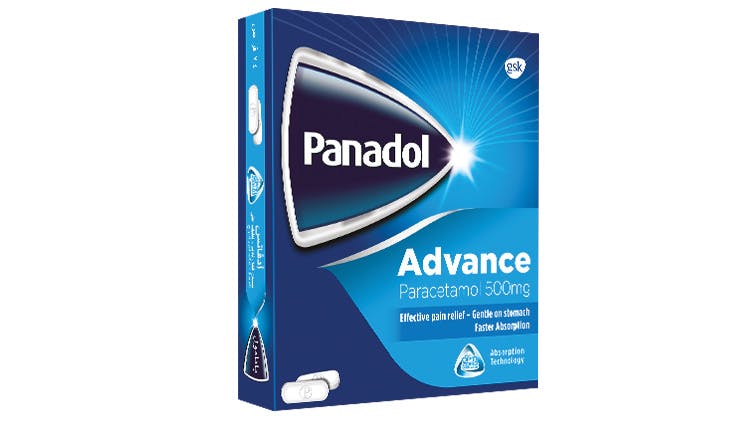
Panadol Advance
Panadol Advance has five times faster disintegration and dissolution† and two times better absorption than standard paracetamol.20
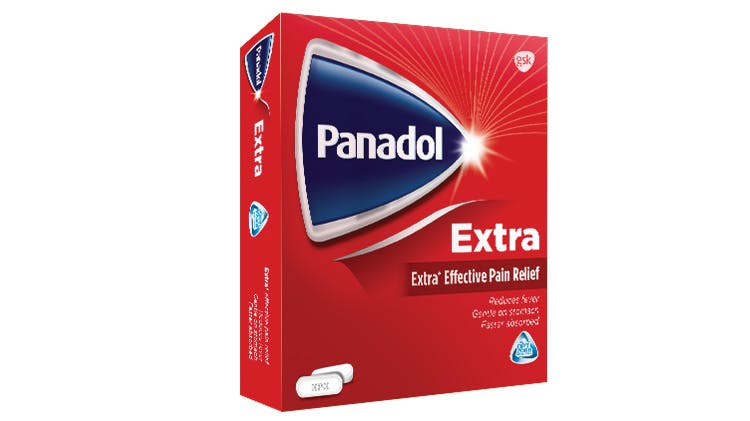
Panadol Extra
Dual “active” formulation that fights tough pains.24-28
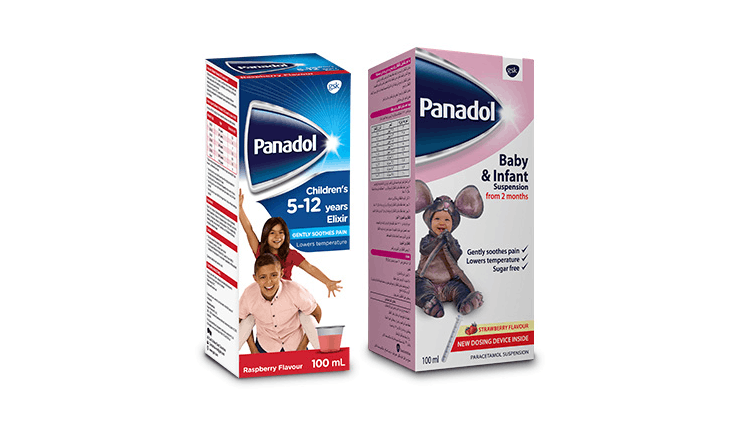
Panadol for children
Panadol for children contains paracetamol, which is recommended as first-line treatment for fever and mild-to-moderate pain in children.17-19
Panadol Joint
Immediate and controlled paracetamol release for extended pain relief for up to 8 hours.32,33
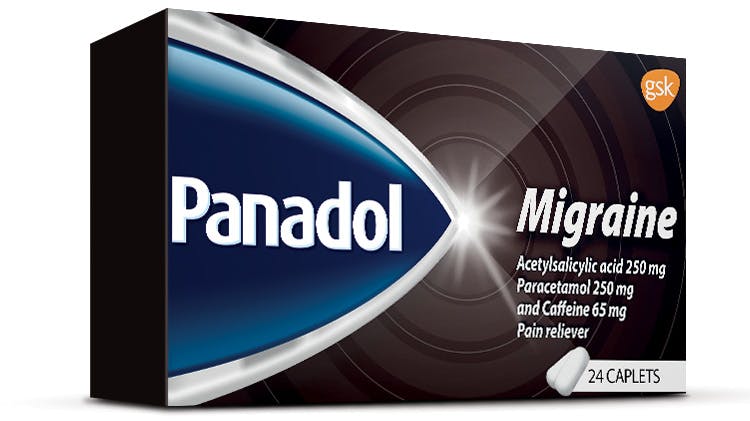
Panadol Migraine
The powerful triple action of paracetamol, acetylsalicylic acid (aspirin) and caffeine working together to help combat migraine symptoms.34,35
Panadol in practice

Joint pain & osteoarthritis
Based on the 2018 Global Pain Index (GPI), 92% of 24,000 people surveyed around the world suffered from some pain and 87% experienced joint pain.36 Discover more about joint and osteoarthritic pain including signs and symptoms and, how to manage them.

Fever
Fever is a common sign and symptom observed in a variety of clinical settings.37 Discover more about fever in adults and children including how to assess fever, “red flag” symptoms and its management.

Headache disorders
Headache disorders, characterised by recurrent episode of headaches, are one of the most common disorders of the nervous system and, can be painful and disabling to sufferers.38 Find out more about tension-type headaches and migraines, “red flag” symptoms and how to manage them.
